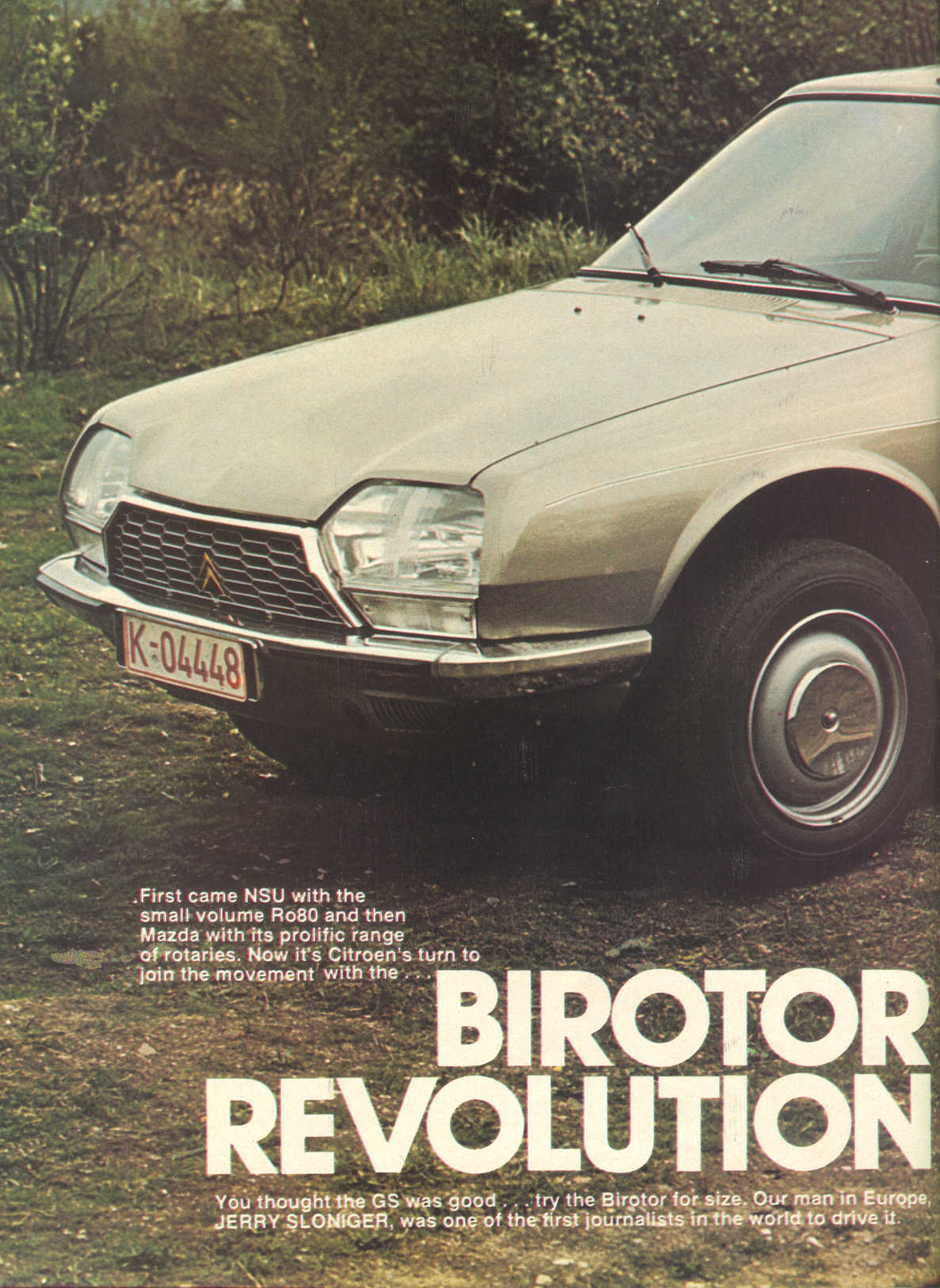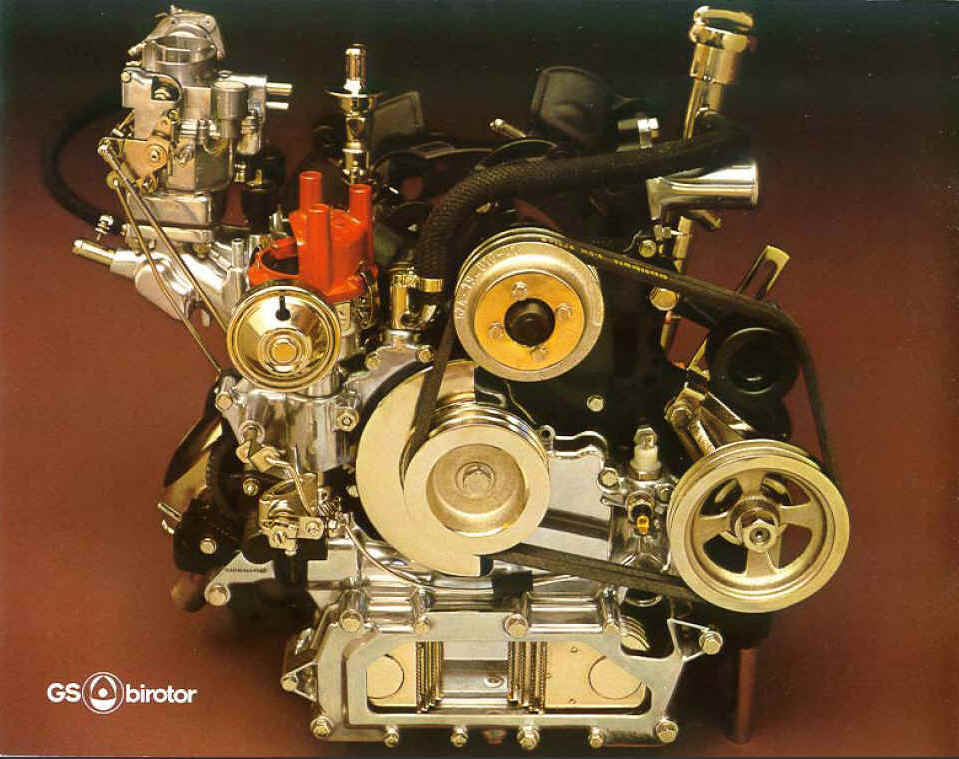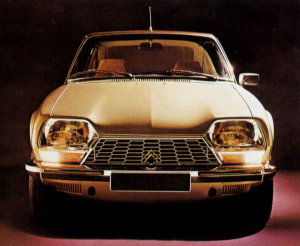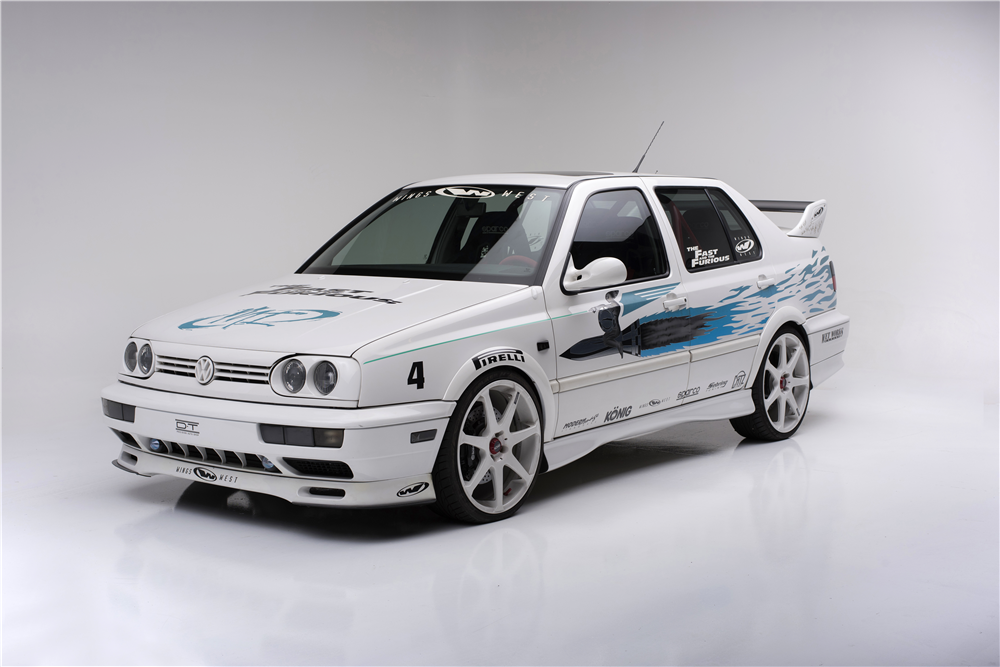Vicious Circle - Citroën GS Birotor
The Wankel rotary engine originated from Germany, being first introduced by Felix Wankel for the NSU Spider in 1964 (development started in ‘61), though is now often associated with Mazda for its legendary RX-series of sports cars, all of which powered by rotary engines of varying size and aspira

The Wankel rotary engine originated from Germany, being first introduced by Felix Wankel for the NSU Spider in 1964 (development started in ‘61), though is now often associated with Mazda for its legendary RX-series of sports cars, all of which powered by rotary engines of varying size and aspiration. From the perspective of physics, the rotary engine should have natural benefits. As there are less moving parts, the engine should technically be simpler and smaller, and the lack of reciprocation (such as in a conventional ICE) should make the engine more efficient as there is only one way the rotors have to rotate.

In 1973, Citroën decided to get in on the act. The chosen candidate to receive rotary power was the small, family-sized GS. The NSU-Citroën partnership (a new company was formed, ‘Comotor’) spawned a new engine, which was chosen for the car: the Comotor 624.

The most powerful GS/ GSA at the time had 66HP, courtesy of a 1.3 litre inline-4. Power was nearly doubled with the Wankel, coming to a plentiful 106, more than enough for the small car. A whole array of modifications were made to the vehicle to ensure it was fit for the extra punch, with the most important of all being the all-round disc brakes (ventilated up front) to get you stopped safely. To ensure you weren’t mistaken for a boggo GS, the GS Birotor (or GZ) received new five-lug wheels (all other models had three-luggers), flared wheel arches, more luxuries inside and a three-speed semi-auto was the transmission of choice, to add to the luxury feeling Citroën wanted to provoke.

The purpose of the Wankel in this car was not to make it a sporting champion, but to add to its appeal as a luxury family car. As all models customarily came standard with the famed hydropneumatic suspension to soak up any bumps you could throw at it, the smooth power delivery of the rotor motor complimented the velvety ride perfectly.

The catastrophic flaw of the GZ was to do with the manufacturer itself. All the money spent developing the car raised the price enormously, to the point where when it went on sale it cost 1.7 times the amount of a regular GS; the same amount as the more desirable DS. On top of that, the running costs were enormous, as the fuel economy was worse than that of the most powerful and largest engined DS, the 23EFI. The bitter cherry on the cake of disappointment was the fact that the Birotor was launched in October, right around the time of the 1973 oil crisis. Excellent timing, Citroën.
Due to the overwhelming flop in sales, the model was axed before even 850 could be sold. In a similar way as GM were with the EV-1, Citroën attempted to rebuy all the cars sold and destroy them, though some people refused. Anyone who kept their car was unable to actually use it for decades, as titles were not available due to Citroën trying their hardest to forget the GZ’s existence.

Had the car been launched a decade earlier, it could have been a huge success. Unfortunately, it was a case of brutally wrong timing, exiling the company’s best efforts of joining the ‘Birotor Revolution’ well and truly. Perhaps in the future Citroën will revisit the rotary engine, though it seems that for the meanwhile, it’s Mazda’s forté, and even they aren’t too fussed about it returning.
#blogpost


Comments
Interesting as always
Pagination